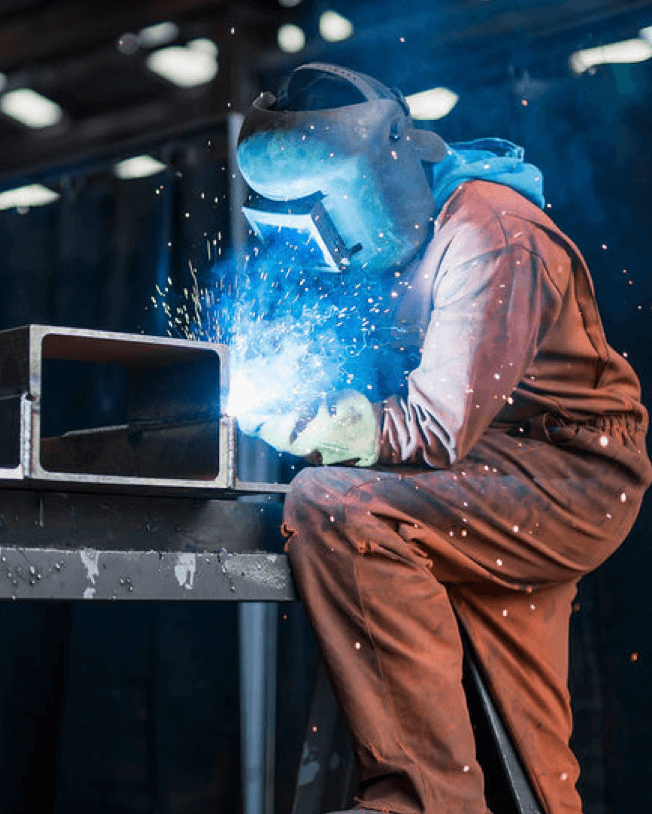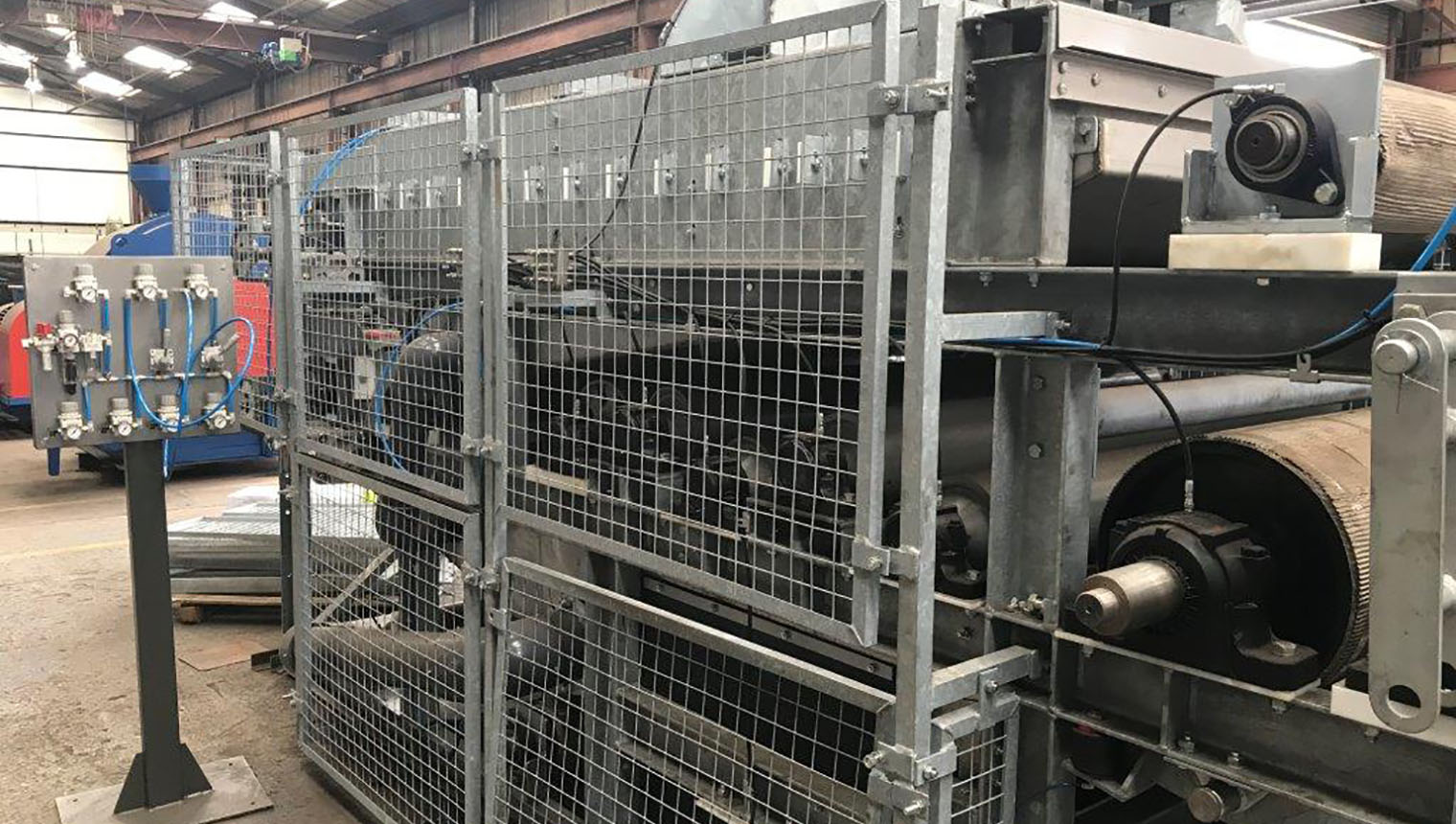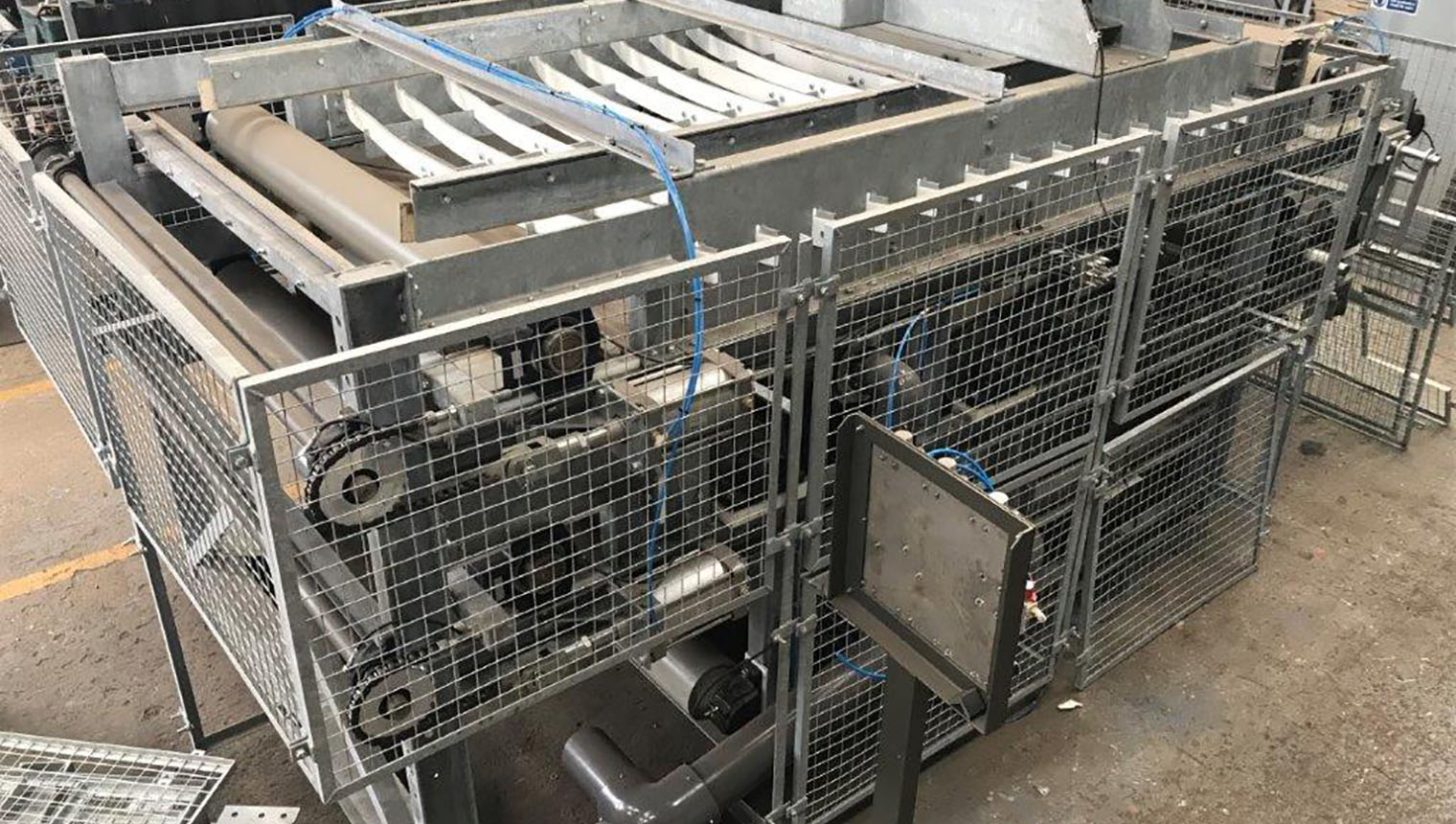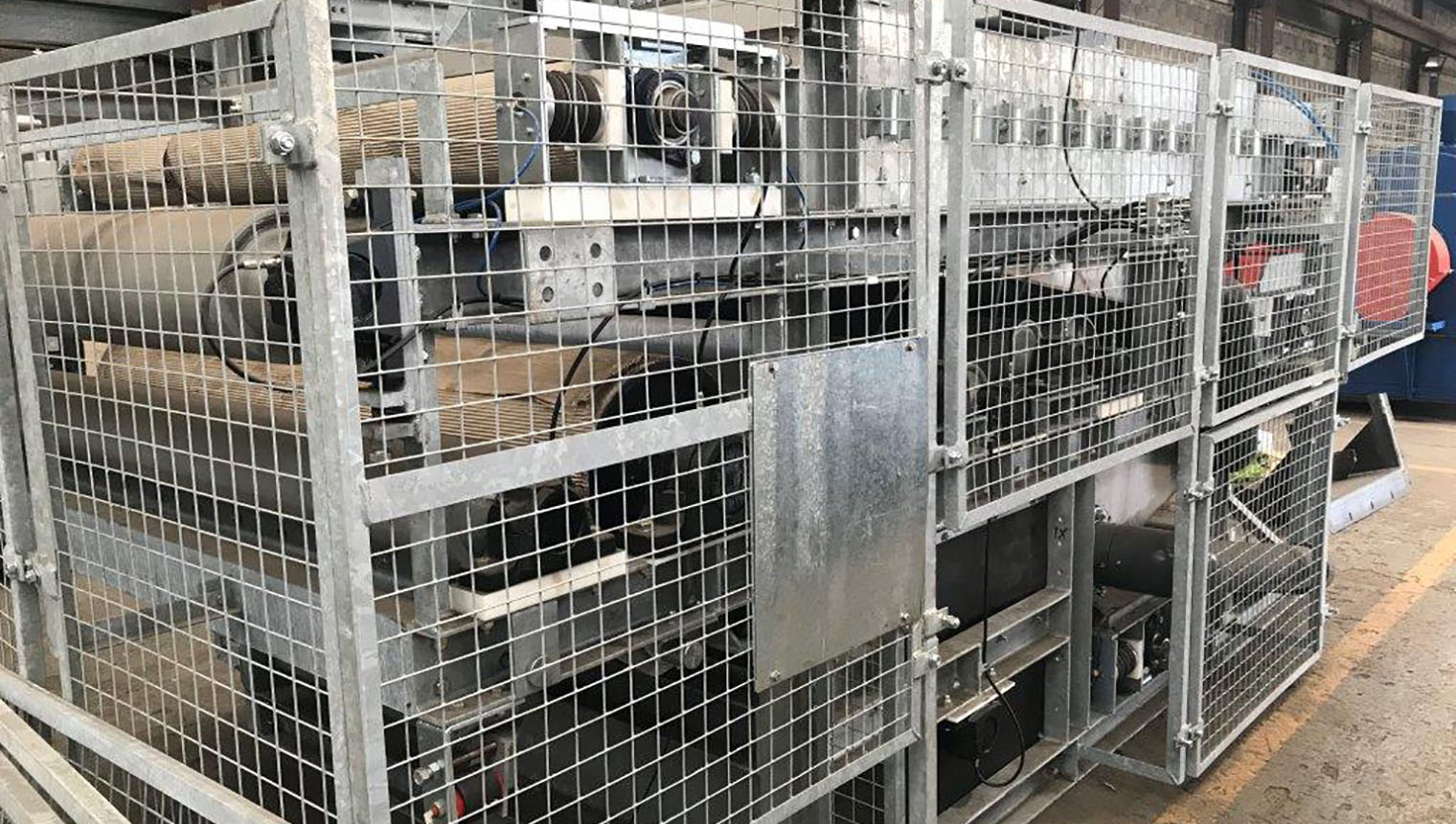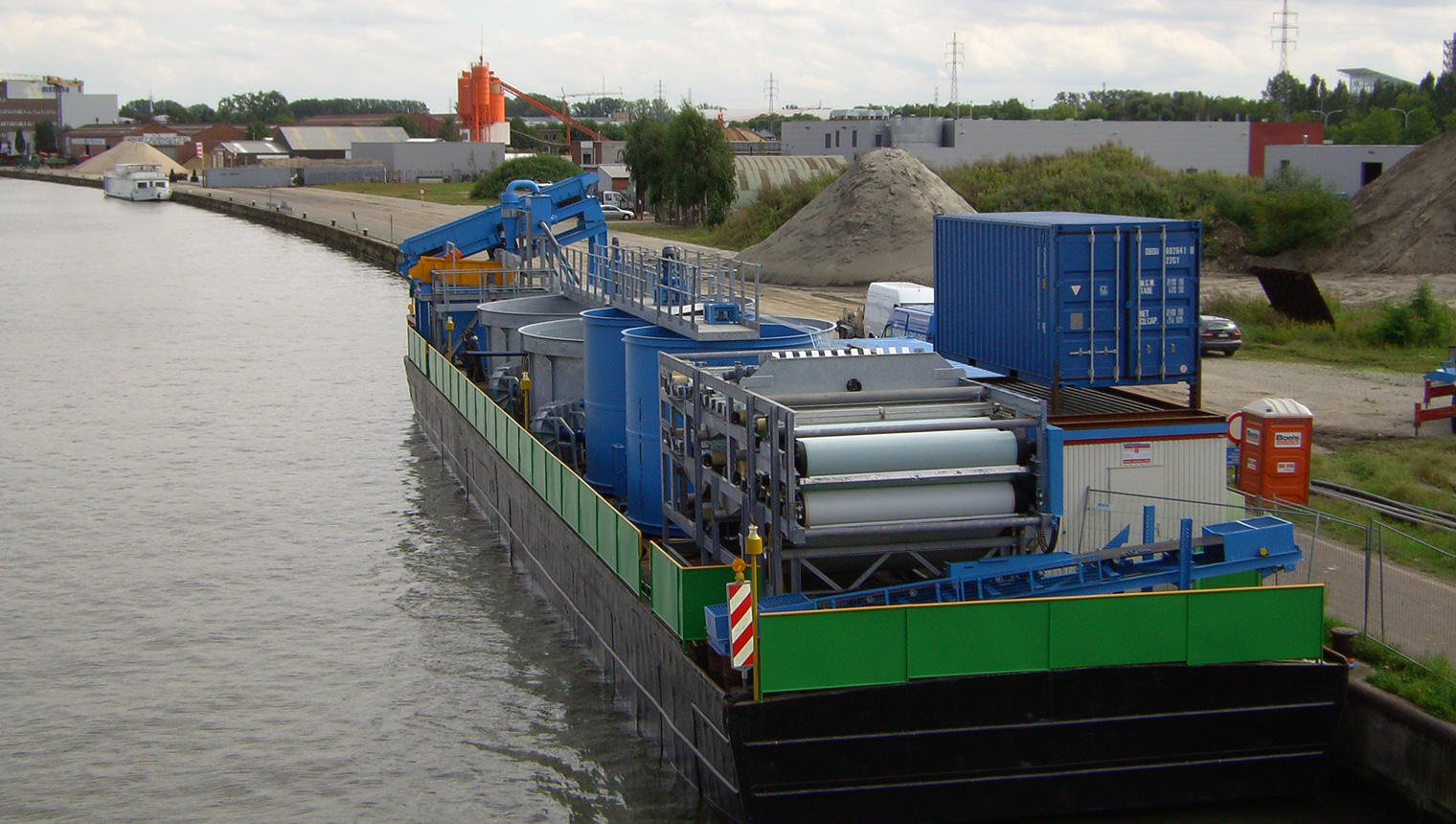Overview
The Parnaby multi-roll filter belt presses are used at the last stage of effluent treatment to remove the water content from the sludge. Unlike plate style presses which operate on a batch cycle, the Parnaby belt presses work continuously. A sludge filter press is a cost efficient and reliable method of separating solids from liquid to produce dry filter cake and particle-free filtrate.
Although they do not achieve the same levels of moisture removal as plate presses in terms of dryness of cake, belt presses are significantly cheaper and often offer a more suitable solution depending on the clients space, needs and further use for the filter cake.
Belt Filter Press Specifications
- Fully galvanised frame
- Long life, double-row spherical bearings
- Heavy duty rollers with 1mm urethane coating
- Variable pneumatic belt tensioning
- Variable speed main drive
- Stainless steel filtrate trays
- Long-life polyester filter press
- Stainless steel belt washing sprays.
Benefits
- High throughput
- Continuous operation
- Belt presses are dewatered, easy-to-handle filter cake
- Excellent quality of filtrate
- Minimal operator supervision
- Maximum reliability
- Minimum maintenance
- Low capital cost.
Technical Details
| Width (mm) | Capacity (tph - dry solids) | Cycle Variant |
|---|---|---|
| 1000 | upto 4 | Standard |
| 1200 | upto 6 | Standard |
| 1500 | upto 10 | Standard |
| 2000 | upto 15 | Standard & Long |
| 2500 | upto 20 | Standard & Long |
| 3000 | upto 30 | Standard & Long |
*Can build bespoke sizes
How does a filter belt press work?
The filter press is used to remove the water content from the sludge in a wet processing system. Unlike a plate press which operates in batches or cycles, the belt works continuously. Sludge is pumped through the belt press where the series of rollers squeeze the water from the material to remove the water content.
What is a belt press?
A Belt Press, also known as a Filter Press, is a type of industrial machine used for solid/liquid separation processes. It's commonly employed in wastewater treatment, mining, food processing, and chemical industries. The equipment operates by applying mechanical pressure to slurry or sludge, squeezing out liquid and leaving behind solid residues.
Make an enquiry
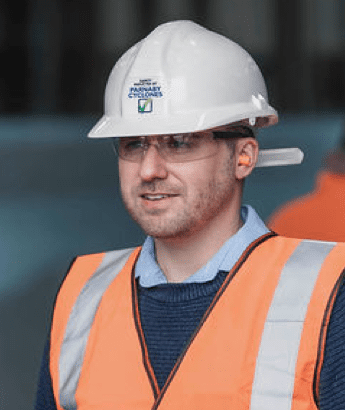
Ian Parnaby
Projects Manager

